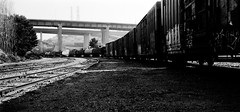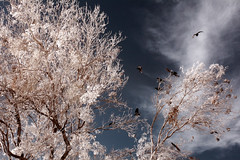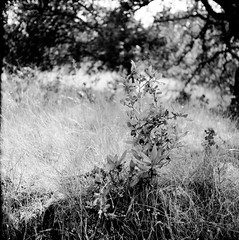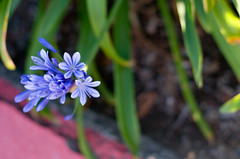Not only is this a truly amazing photo :-), but it’s also the first one I’ve posted since I put together my GPS system for my D300. This is my mini review to accompany the photo. If you go to the flickr page, on the lower right there is a link to “where this photo was taken.” It takes you right to a satellite map of the spot.
There are a lot of options out there for getting GPS coordinates embedded into cameras that support such a feature. Nikon even came out with one of their own. One of the least expensive, other than building one yourself, is to get a hiking GPS unit and plug it into an adapter. The hiking GPS’s – I use a Garmin eTrex Legend – are pretty cheap. Mine cost $40 used on craigslist (which is actually cheap for the model anyway – the Legend usually goes for more like $80-100). The cheapest eTrex models can be as little as $20 even on ebay.
Just about all hiking GPS units will transmit the data in a format compatible with at least Nikon’s system, and the little “GPS” icon pops right up. Acquisition of GPS signal was about 30 seconds, and stayed locked on even while in my bag.
The adapter I used, gotten off of ebay, is from “Stellar Designs” and was an affordable $30 (this link indicates the price has gone up). Plug that into the big serial cable that came with my eTrex and I’m good to go for $70. Not bad.
Perhaps a better adapter option is the ones offered by PC-Mobile, where the options for Nikon DSLR cameras would have cost about $70 or so. Importantly, the adapter they use includes the ability to add a cable release. I am now without the ability to do so on mine.
FWIW, the reason I went with a wired solution was that the other ones, such as that from Solmeta, are more like $300. Big price difference.





